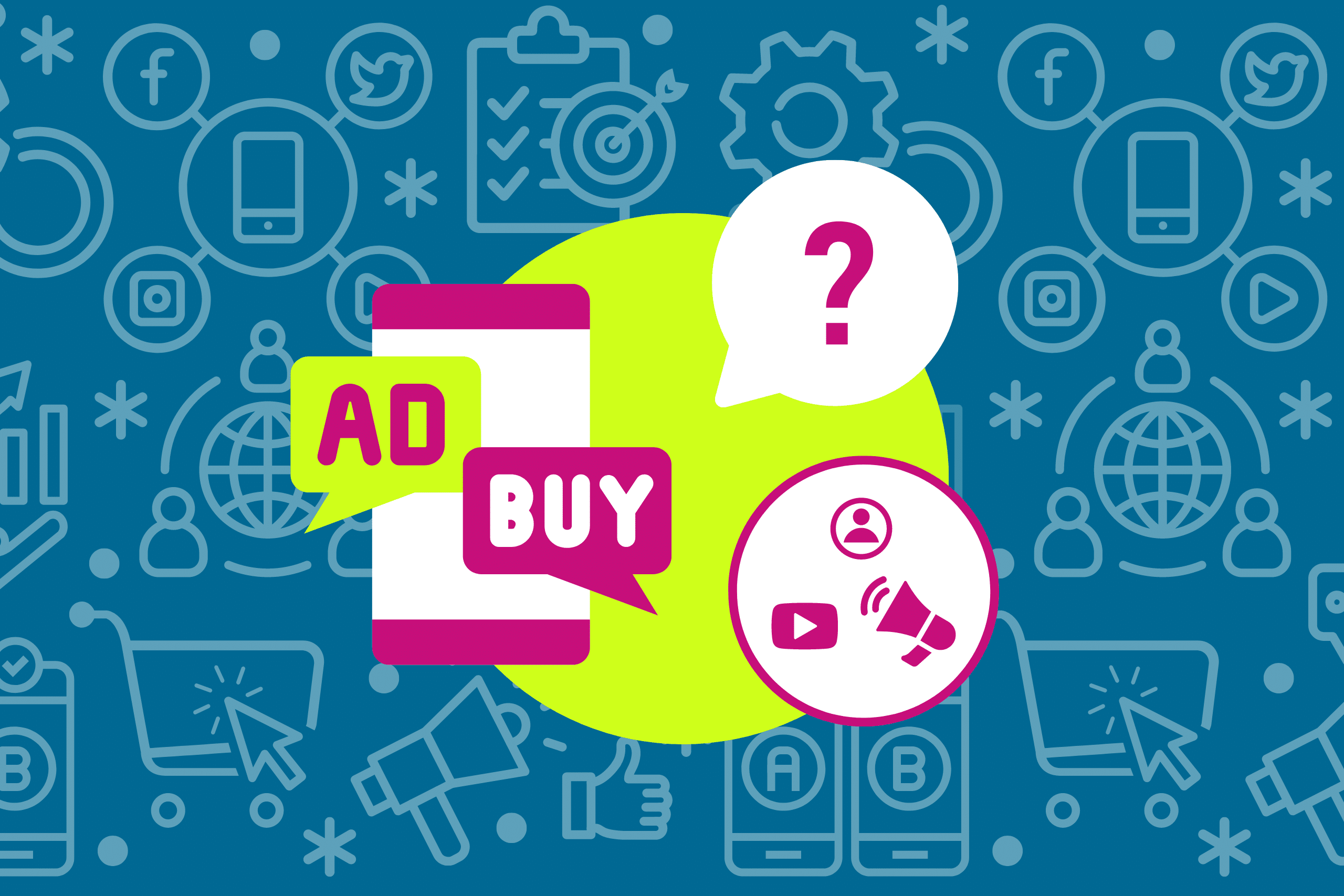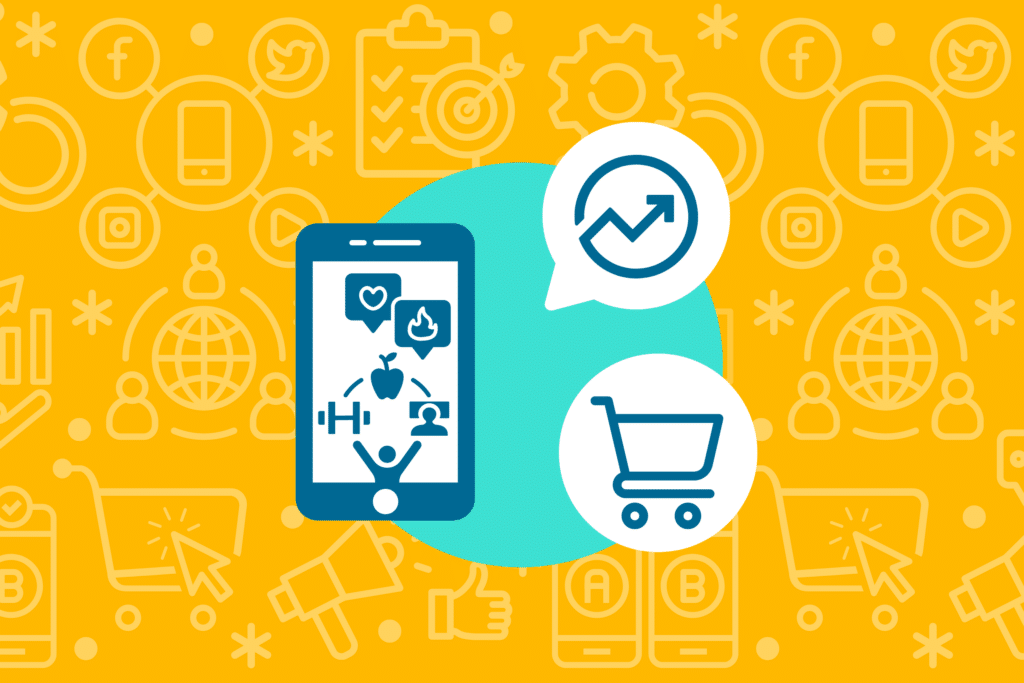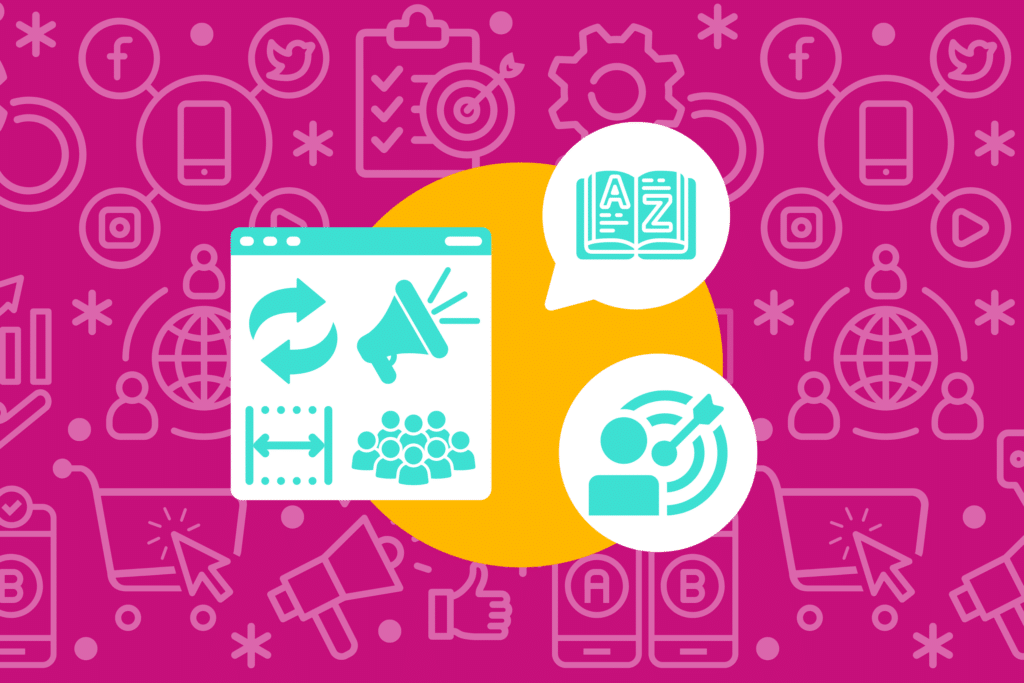Definition
DSP, or demand-side platform, is used to upload ads, select placements, and manage bids in programmatic advertising. A DSP is the link between advertisers and ad inventory (i.e. display, CTV, audio, video, in-game, and digital out-of-home, to name a few).
How Marketers Use DSP
Marketers use DSPs to streamline their digital advertising efforts and more efficiently achieve campaign objectives. To put it plainly, when a marketer utilizes a DSP, it allows them to centrally manage, monitor, and optimize all digital ad placements for a programmatic campaign (such as video ads on Facebook, mobile ads in a game app, banner ads on a publisher website, etc.) from a single platform.
Here are a few key reasons why DSPs are useful for marketers:
- DSPs provide advanced audience targeting capabilities, enabling marketers to reach precise demographics, interests, and behaviors across various channels
- Real-time bidding empowers marketers to bid on ad impressions in live auctions, optimizing efficiency and return on investment (ROI)
- DSPs provide tools for campaign management, optimization, and analytics, allowing marketers to monitor performance, adjust parameters, and optimize budgets to achieve their advertising goals
While there are many DSPs to choose from, it’s rare for an advertiser to leverage more than one as there is significant inventory overlap across them. Once you select a DSP, it’s uncommon to refer to it as a “DSP,” similar to how you don’t typically label Google Ads or Amazon Ads as DSPs.
Streamline your advertising efforts—contact us to learn how our Programmatic and CTV services can boost your brand.








